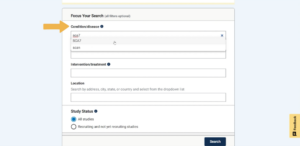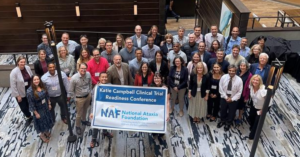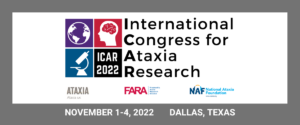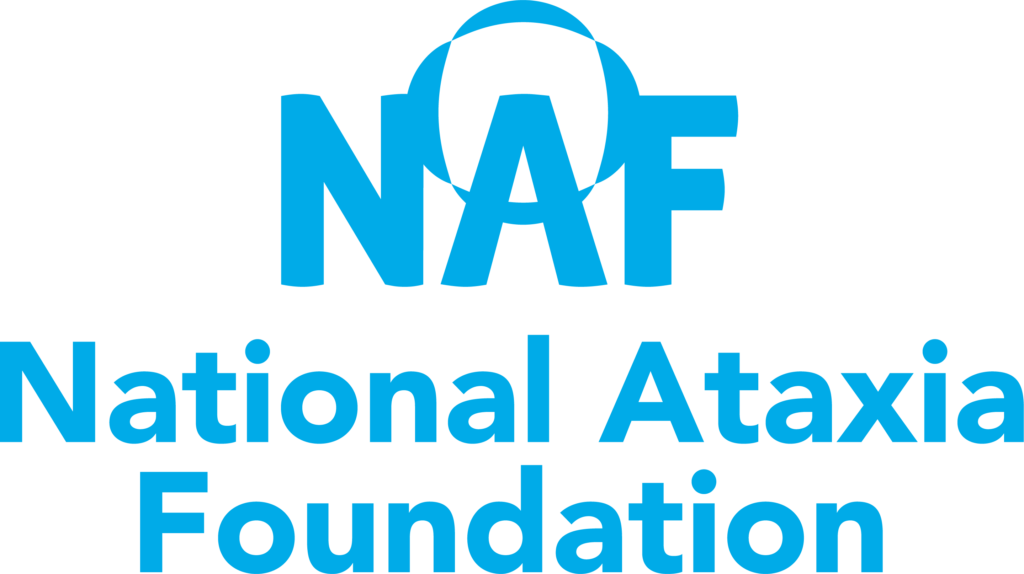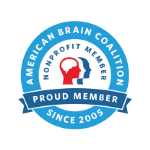
Patient Registries – What are they and why do they matter?
Have you ever wanted to volunteer as an Ataxia research participant? Have you been unsure about how to find out about ongoing research studies? Have you wanted to help researchers better understand Ataxia? One answer to all three of these questions is a patient registry. A patient registry collects specific Read More…


